Many challenges
According to the Ministry of Industry and Trade , the current localization rate of textile and garment enterprises is only about 40 - 45%. Fabrics used for the industry depend mainly on imports. Vietnam's textile and garment industry currently has an output of about 2.3 billion m²/year, only meeting about 25% of domestic market demand.
In particular, the main bottleneck for the textile and garment industry is that fabric dyeing technology as well as environmental treatment for the development of the textile and dyeing industry have not received due attention. This has limited the investment of enterprises in textile production and creative start-ups in the field of fashion design. Therefore, the Vietnamese textile and garment industry has mainly stopped at the sewing processing stage, the domestic value added content for textile and garment products is still very low.
Furthermore, according to the Vietnam Textile and Apparel Association (VITAS), in the context of the global green consumption trend, the textile and garment industry is one of the industries with large emissions. Specifically, according to experts, the textile and garment industry currently emits about 1.2 billion tons of CO₂ per year, more than the aviation and maritime industries combined. The main reason comes from the consumption of large amounts of water, energy and the use of chemicals in dyeing and fabric treatment.
VITAS Vice President Truong Van Cam said that the greening of the textile industry still faces many obstacles. First is the cost issue because investing in energy-saving technology, waste treatment, or environmentally friendly production equipment requires large capital. Meanwhile, most Vietnamese textile and garment enterprises are small and medium-sized enterprises with limited financial capacity and cannot access high-tech solutions.
In addition, many businesses still lack skilled human resources to operate new production systems. International environmental standards are not easy to meet in a short time, especially for businesses that have never invested in technology or have fragmented production processes.

Promoting digital transformation, supporting greening of the supply chain
To develop the textile industry, aiming for greening, many Vietnamese enterprises have pioneered the application of new technological solutions right from the design, production to waste treatment stages.
According to VITAS Vice President Truong Van Cam, to "green" the textile and garment industry, first of all, supporting industry enterprises in this field need to invest in energy and water saving technology and use environmentally friendly chemicals to meet international standards. At the same time, it is necessary to gradually switch to renewable energy such as rooftop solar power, biomass boilers and reuse waste heat to reduce carbon emissions. Enterprises should restructure the supply chain in a circular direction, increase the use of recycled materials and register for green certifications to meet the strict requirements of global brands.
“It is also necessary to reduce import tax on green equipment and connect businesses with international climate funds. In addition, it is necessary to strengthen human resource training and build green transformation consulting centers by region and industry,” Mr. Truong Van Cam further proposed.
Mr. Le Tien Truong, Chairman of the Board of Directors of Vietnam National Textile and Garment Group (VINATEX), said that in recent times, the group has implemented key solutions including promoting digital transformation and increasing the green rate of products, investing in 4.0 technology, restructuring enterprises and making efforts to develop domestic and foreign markets. As a result, the green product rate of VINATEX has reached 25%, the whole system has put into production fiber products from recycled materials, increasing every year, reaching 17,864 tons by 2024.
The production model has also been strongly transformed from traditional simple processing to high value-added methods, gradually perfecting to convert to ODM (self-design, manufacture and sell products) and OBM (self-branding) methods. "VINATEX has invested in research centers, developed green products, functional fabrics, proactively adapting to globalization trends", said Chairman of the Board of Directors of VINATEX Le Tien Truong.
Recognizing the importance of the current green transformation trend of the global supply chain for textile, garment and footwear enterprises, the Ministry of Industry and Trade has recently had policies and activities to support enterprises in developing sustainable production supply chains in general and greening the textile, garment and footwear supply chain in particular. The Ministry of Industry and Trade has just proposed to build a Center for production, storage and trading of raw materials for the textile and footwear industry.
Dr. Nguyen Van Hoi, Director of the Institute for Strategy and Policy Research on Industry and Trade (Ministry of Industry and Trade), informed that the programs of the Ministry of Industry and Trade all support businesses to get closer to technology conversion, imported technology, and technology that meets the increasingly strict standards and requirements of international markets.
“The national trade promotion program supports export promotion in a sustainable and stable manner in all markets. In addition, national industrial promotion programs and supporting industries have greatly supported the textile, garment and footwear industries to meet the development requirements for raw materials and accessories that increasingly meet the standards of the domestic and international markets,” said Mr. Hoi.
From the State side, it is necessary to soon complete a green credit policy specifically for the textile and garment industry, with preferential interest rates and simple access procedures. At the same time, there should be financial support packages for businesses investing in energy-saving technology, wastewater treatment and green certification.
Source: https://daibieunhandan.vn/cong-nghiep-ho-tro-nganh-det-may-xanh-hoa-la-con-duong-tat-yeu-10395644.html




![[Photo] Special class in Tra Linh](https://vphoto.vietnam.vn/thumb/1200x675/vietnam/resource/IMAGE/2025/11/14/1763078485441_ndo_br_lop-hoc-7-jpg.webp)
![[Photo] Unique architecture of the deepest metro station in France](https://vphoto.vietnam.vn/thumb/1200x675/vietnam/resource/IMAGE/2025/11/14/1763107592365_ga-sau-nhat-nuoc-phap-duy-1-6403-jpg.webp)

![[Photo] Unique art of painting Tuong masks](https://vphoto.vietnam.vn/thumb/1200x675/vietnam/resource/IMAGE/2025/11/14/1763094089301_ndo_br_1-jpg.webp)
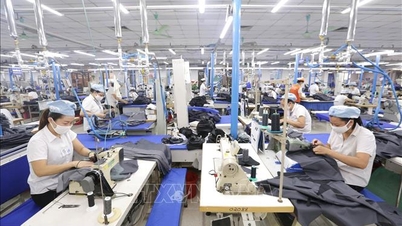





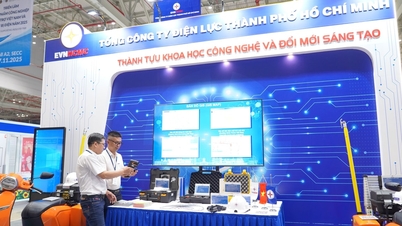
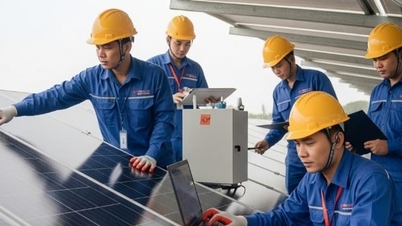




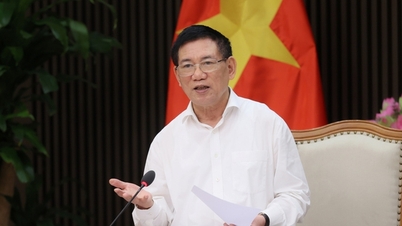

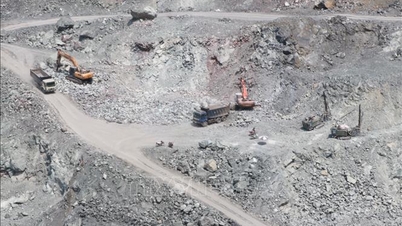




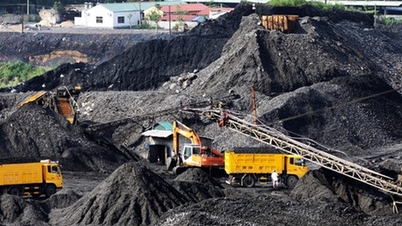




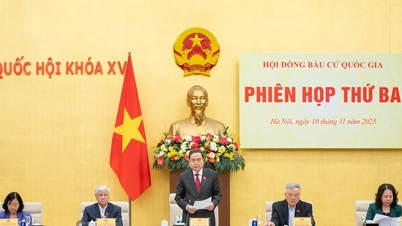
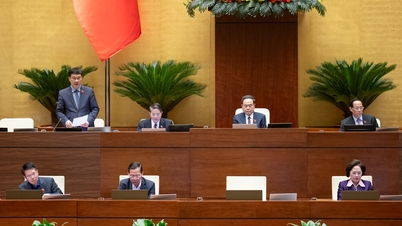


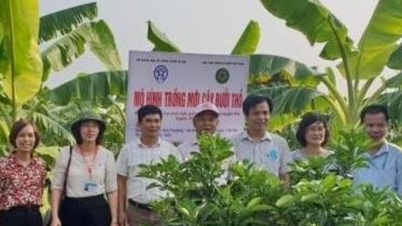










































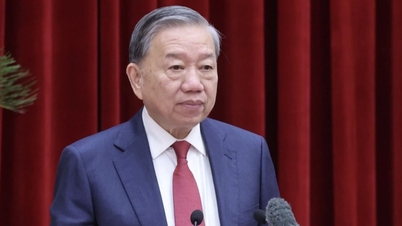





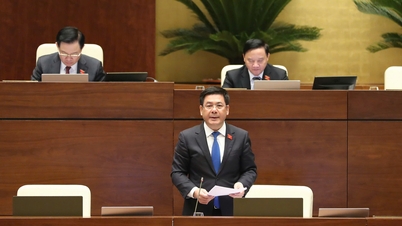




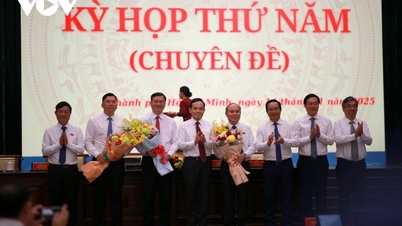








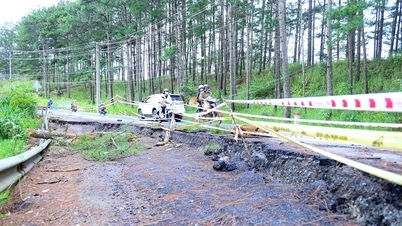

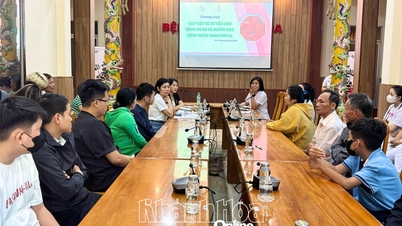


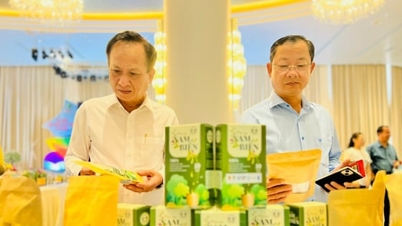









Comment (0)